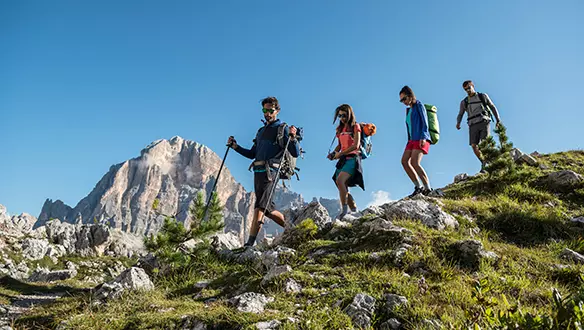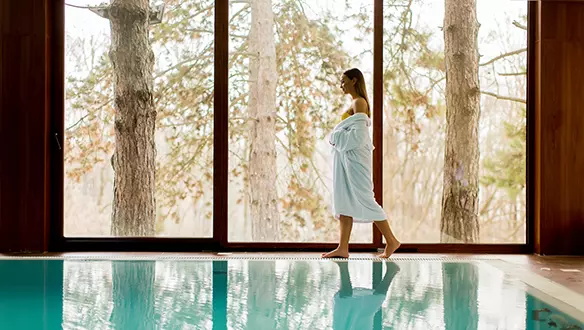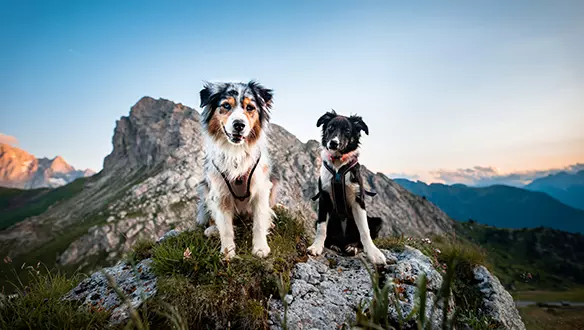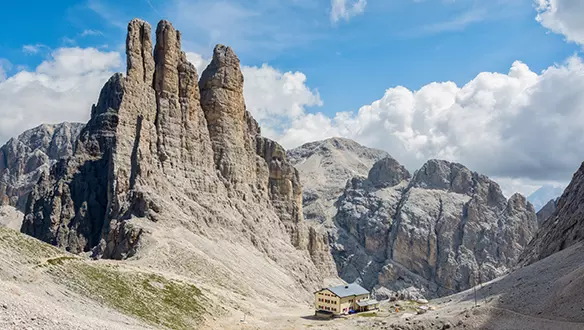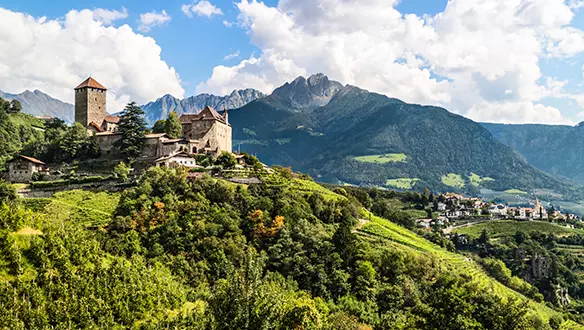Un piccolo rifugio familiare dal grande fascino: qui vi aspettano relax a contatto con la natura, ospitalità calorosa e tante attività – perfetto per coppie, famiglie e viaggiatori attivi.
Vivi le tue vacanze
in Alto Adige
Cerchi natura, emozioni autentiche e paesaggi incantevoli? Sei nel posto giusto.
Su sudtirol.com trovi tutto, per vivere questo angolo di paradiso alpino come vuoi tu: mete iconiche, chicche nascoste e hotel selezionati con cura. Parti da qui.
Il territorio
dell’Alto Adige
Montagne, vallate, vigneti e borghi da sogno: l’Alto Adige è un mosaico di paesaggi unici. Esplora le sue valli, scopri la varietà del territorio e lasciati ispirare.
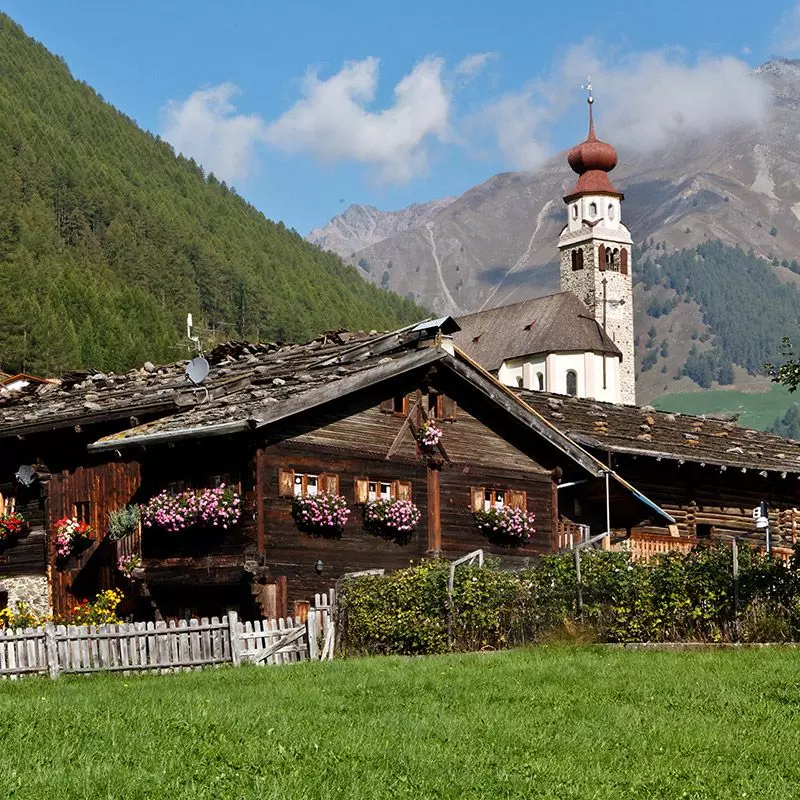
Val Senales
Patria di Ötzi, tra ghiacciai eterni e silenzi carichi di storia.
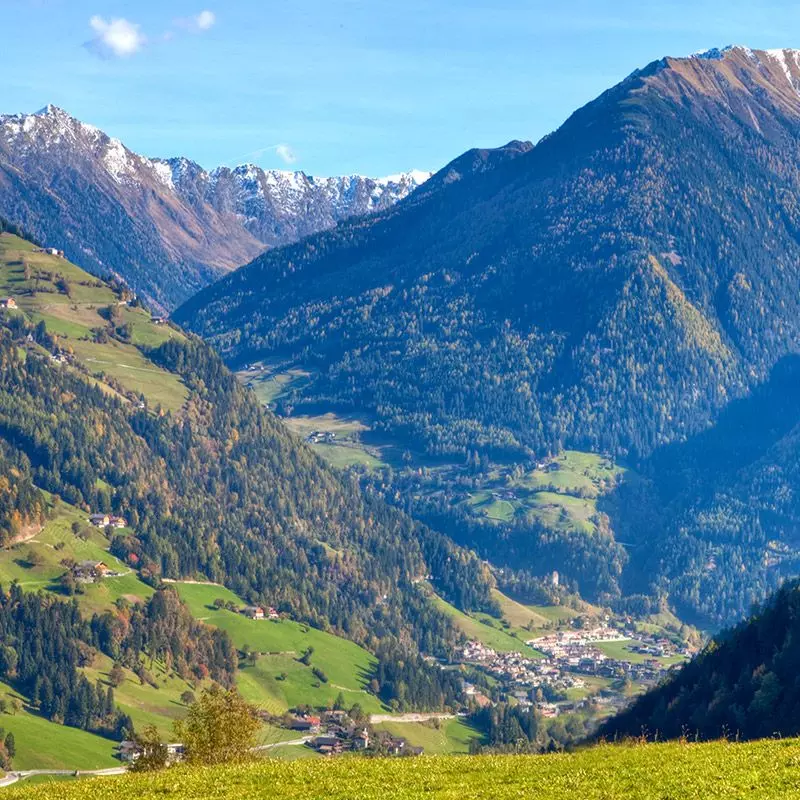
Val Passiria
Tradizione tirolese, sentieri verdi e cascate impetuose.
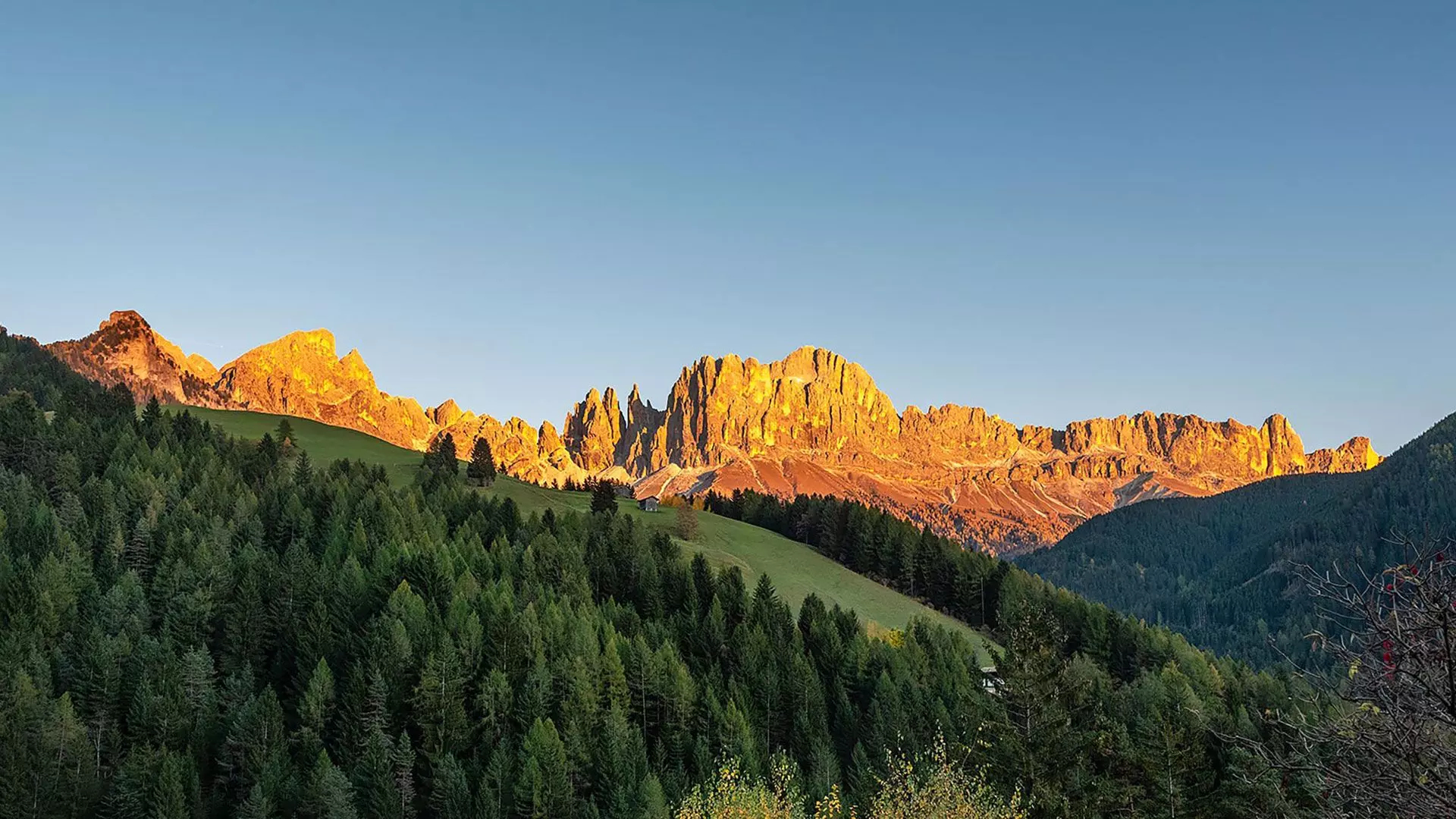
Catinaccio Latemar
Il Latemar veglia su boschi e laghi di smeraldo.

Oltradige e Bassa Atesina
Profumi e colori in un clima mite: una primavera perenne.
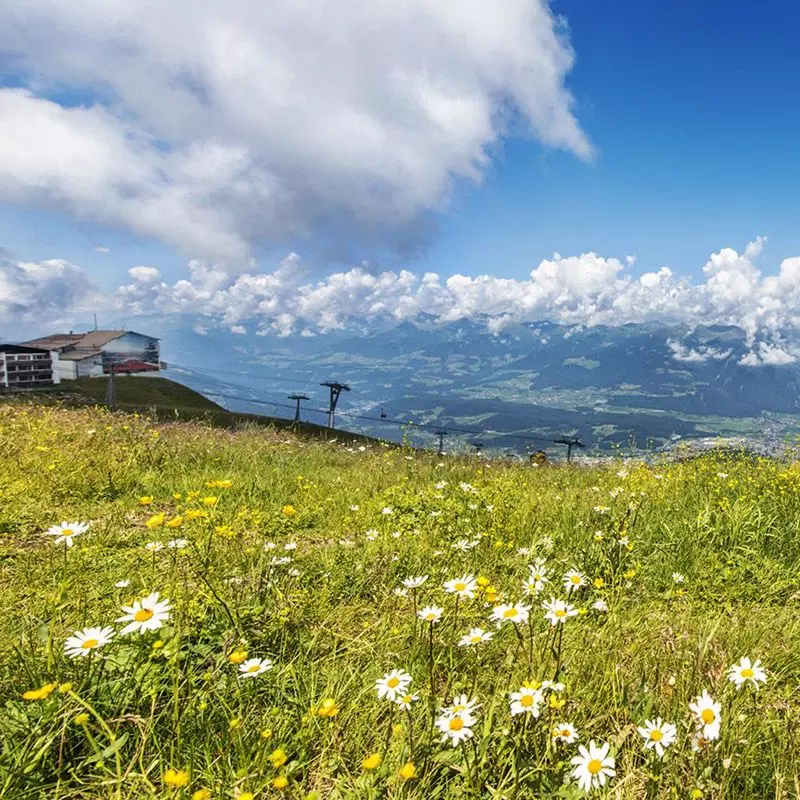
Plan de Corones
Musei in quota, percorsi in bici e viste mozzafiato.
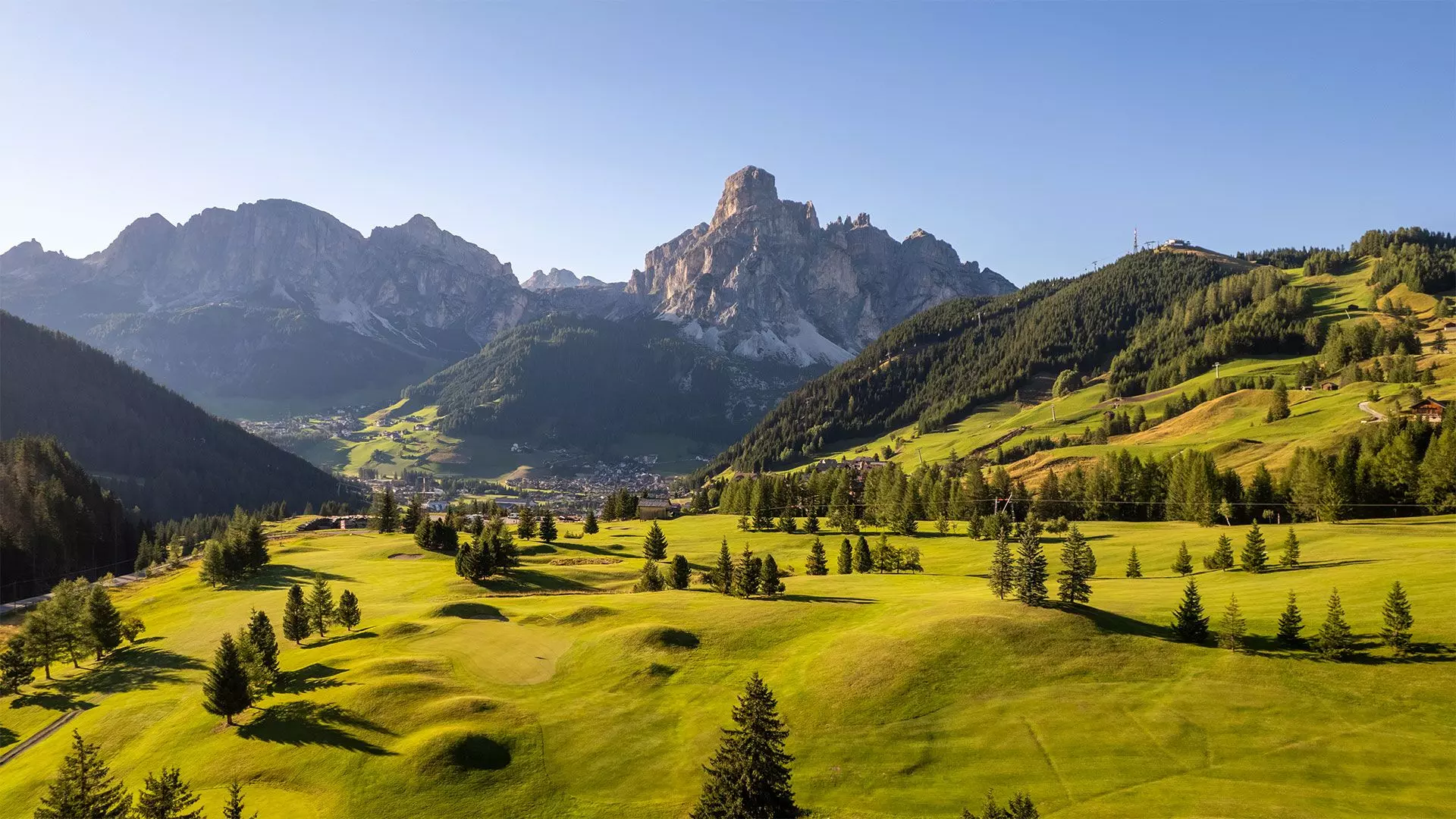
Val Badia
Cuore ladino tra Dolomiti e tradizioni sincere.

Val Sarentino
Un angolo autentico dove l'artigianato tradizionale prospera.
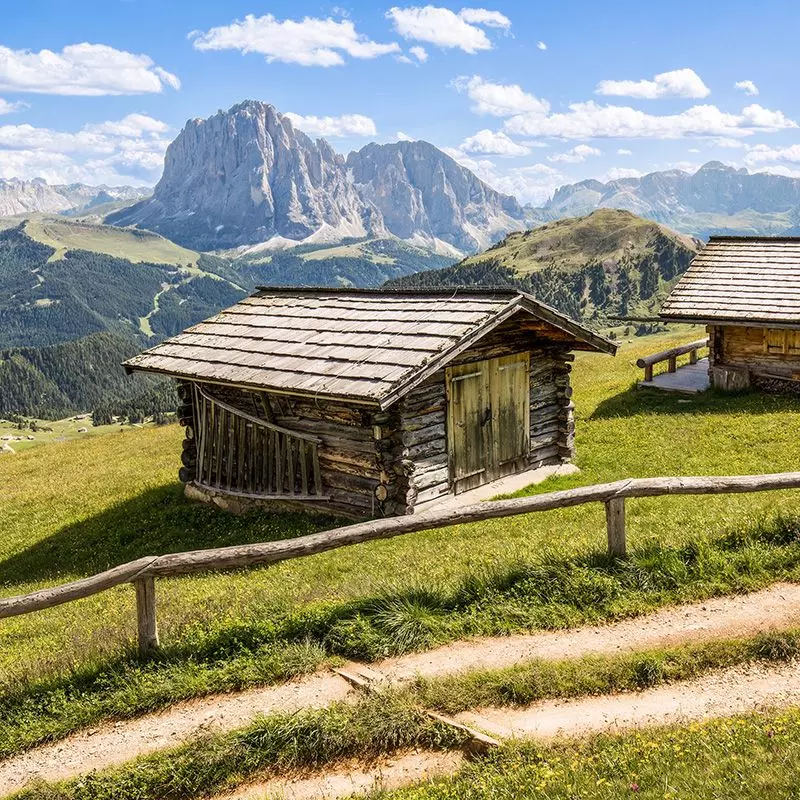
Val Gardena
Sculture in legno, piste leggendarie e panorami verticali.
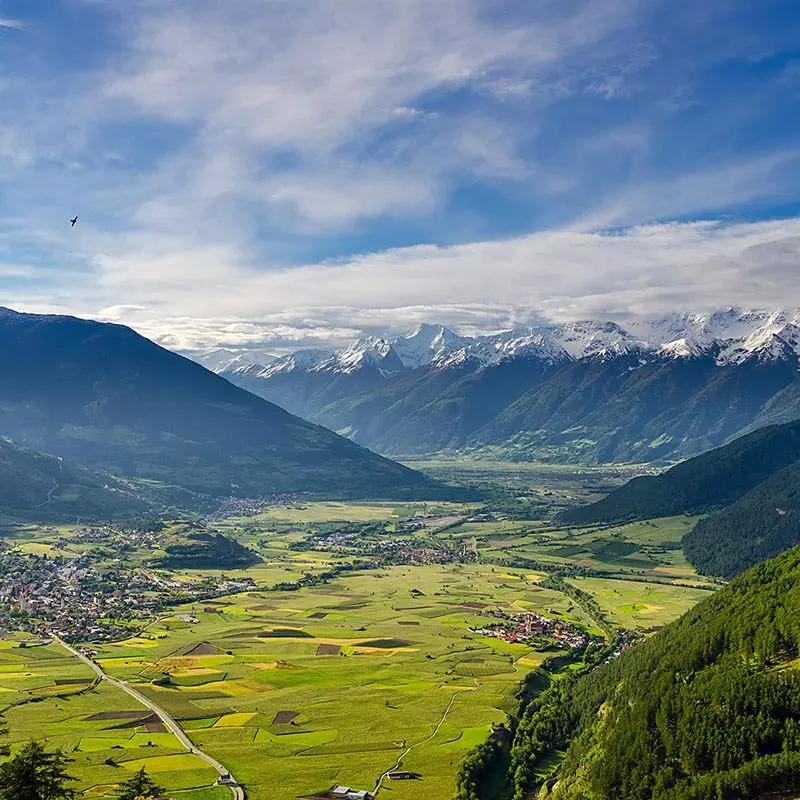
Val Venosta
Terra di meleti in fiore, antichi castelli e il suggestivo Monte Sole.
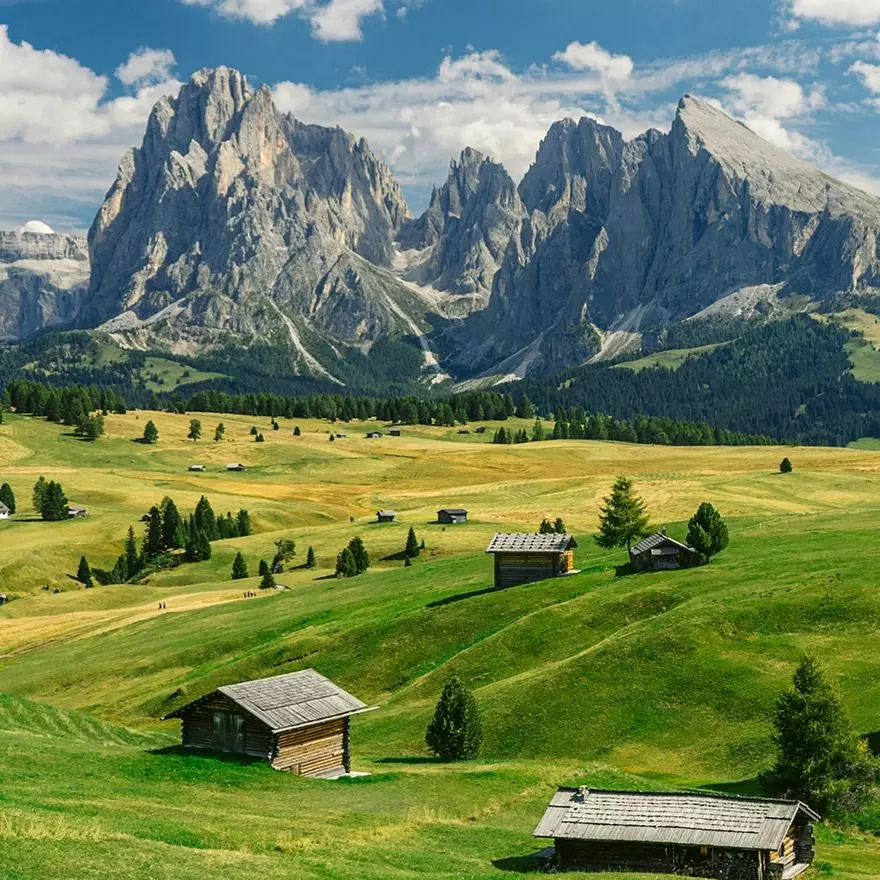
Alpe di Siusi
Vaste praterie, baite accoglienti e tramonti spettacolari.
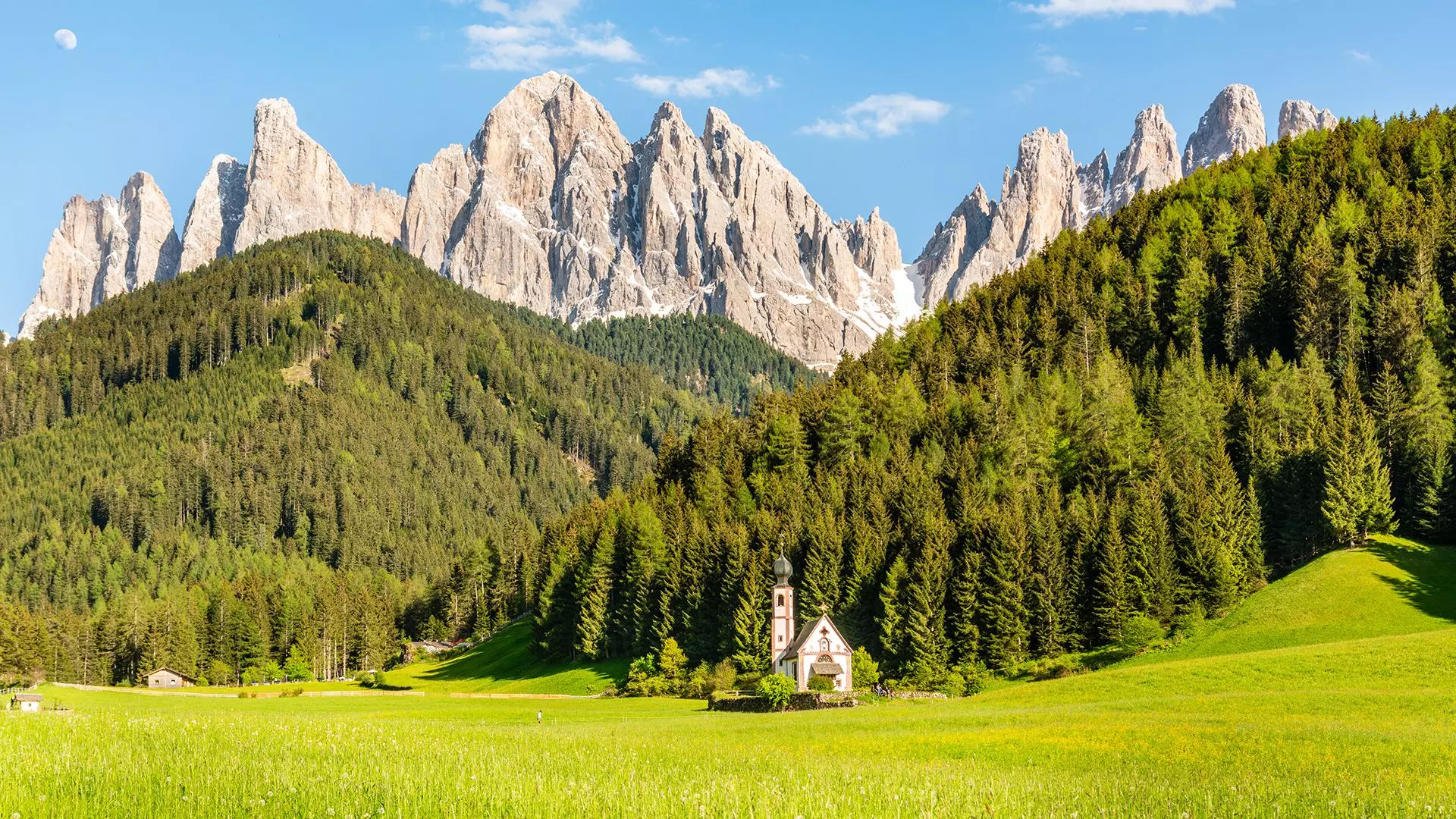
Val di Funes
La chiesetta più fotografata e silenzi che emozionano.
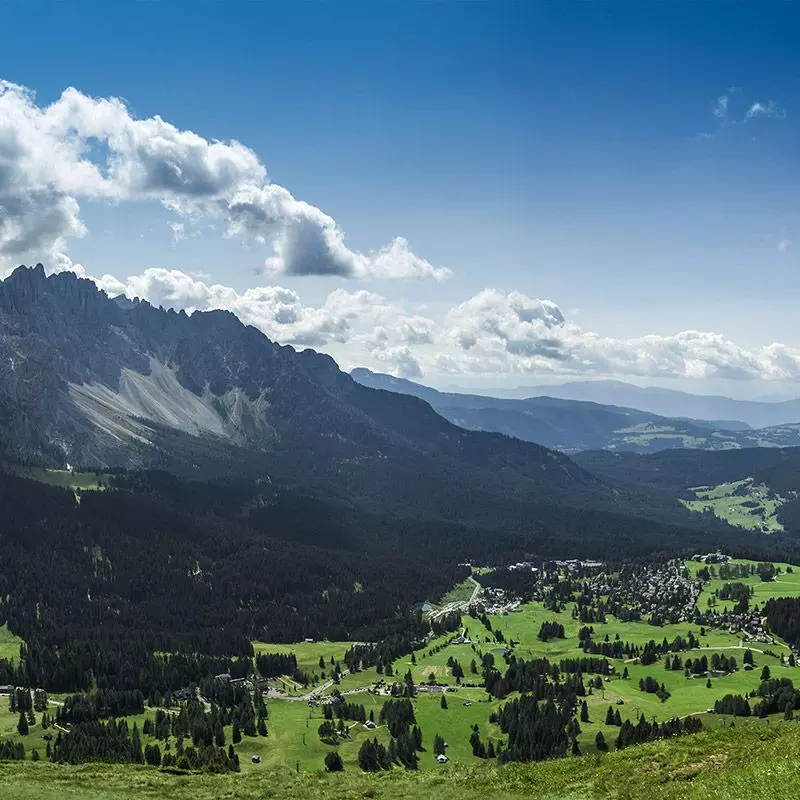
Val d'Ega
Il Latemar veglia su boschi e laghi di smeraldo.
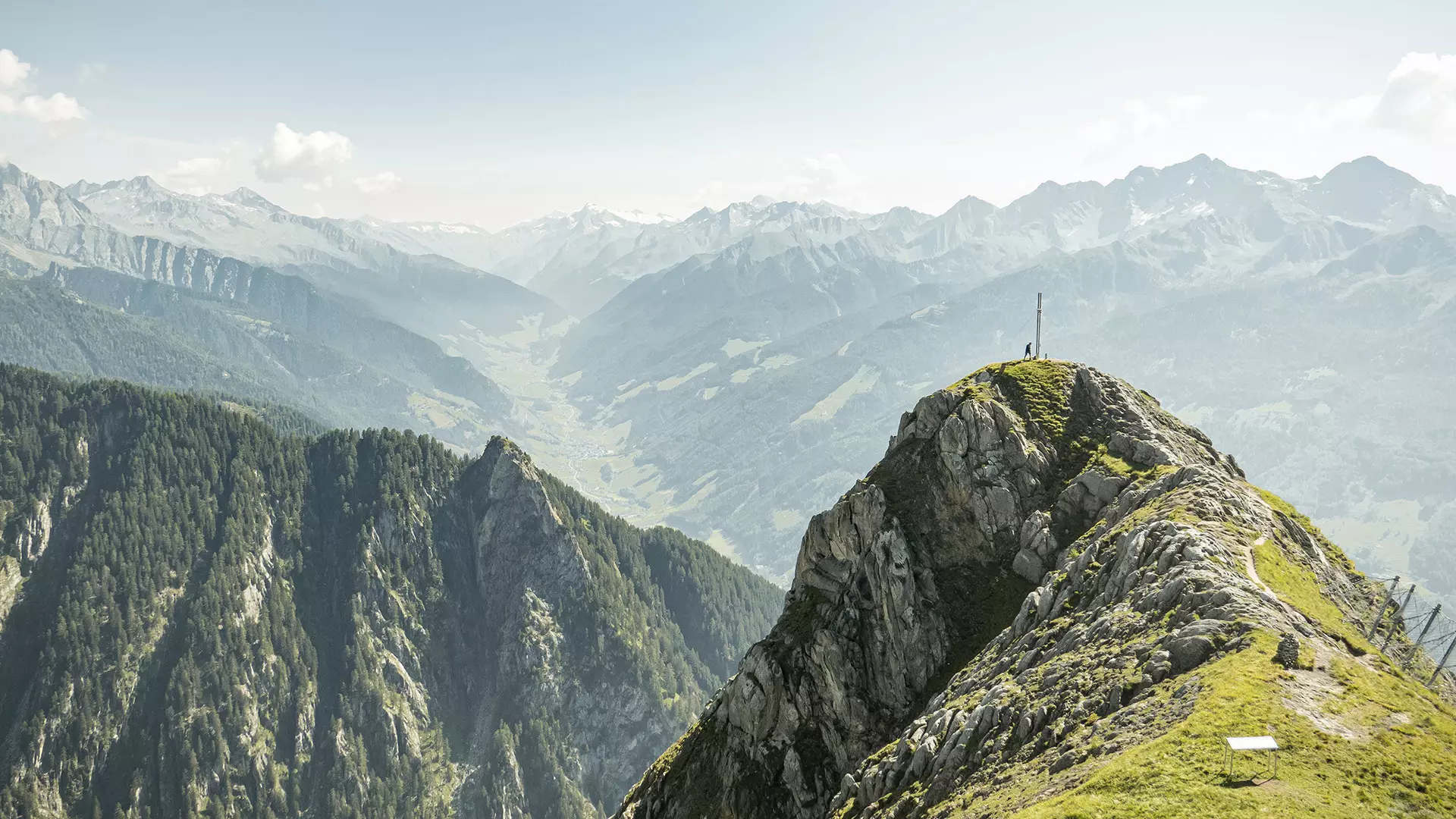
Val Tures Aurina
Avventure tra canyon, miniere e sentieri alpini.

Val Pusteria
Profumo di boschi, malghe e laghi da cartolina.
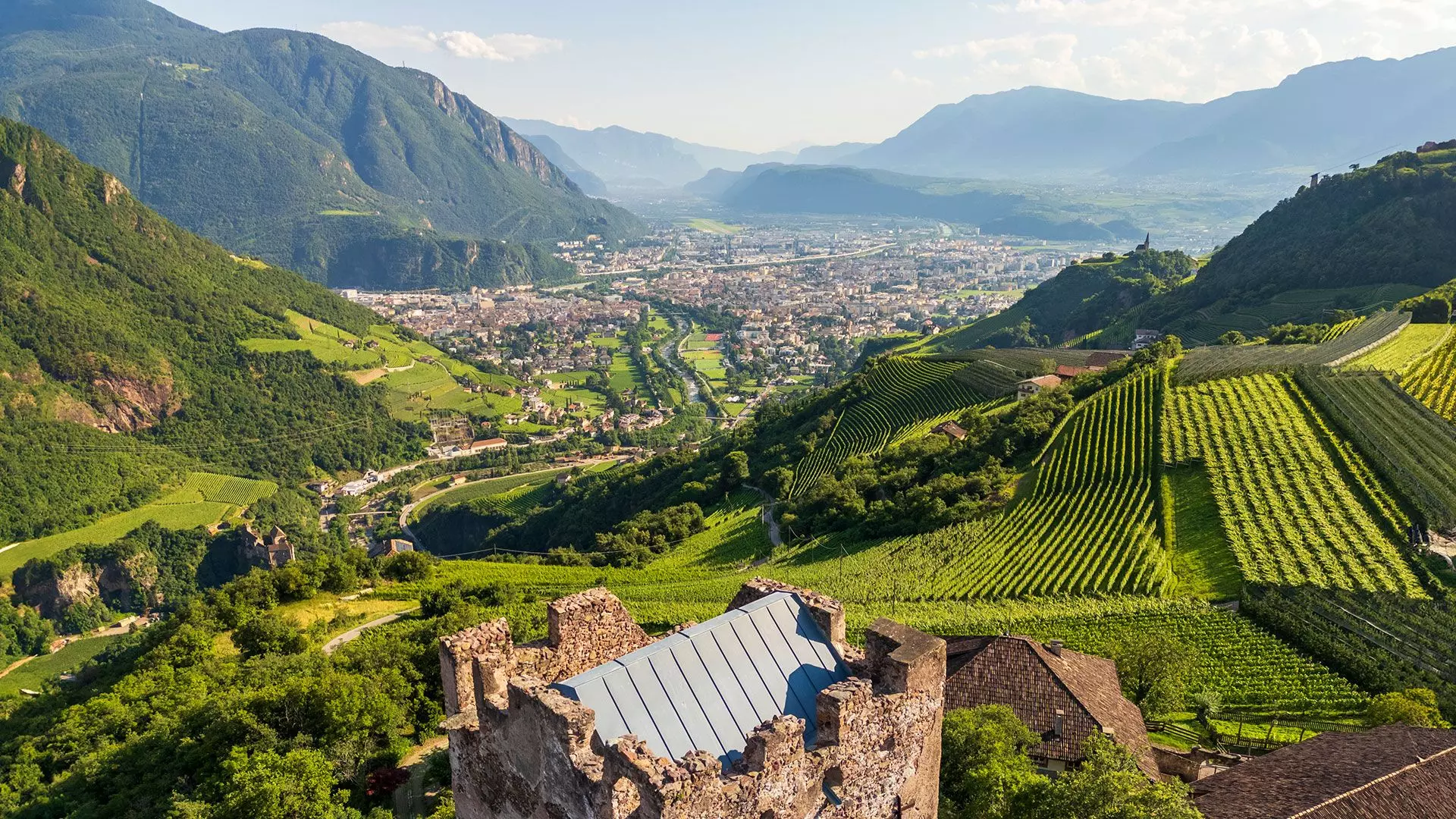
Bolzano e dintorni
Città vivace tra musei, enoteche e scorci storici.

Val d'Ultimo
Larici secolari, borghi in legno e un ritmo lento che rigenera.
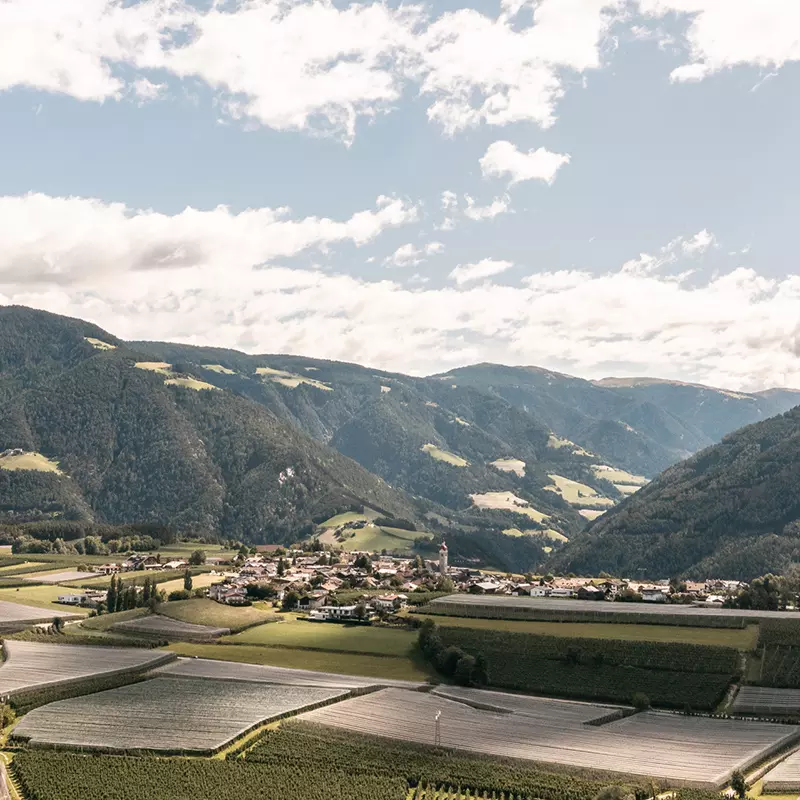
Valle Isarco
Castagne, abbazie e sentieri tra vigneti e borghi medievali.
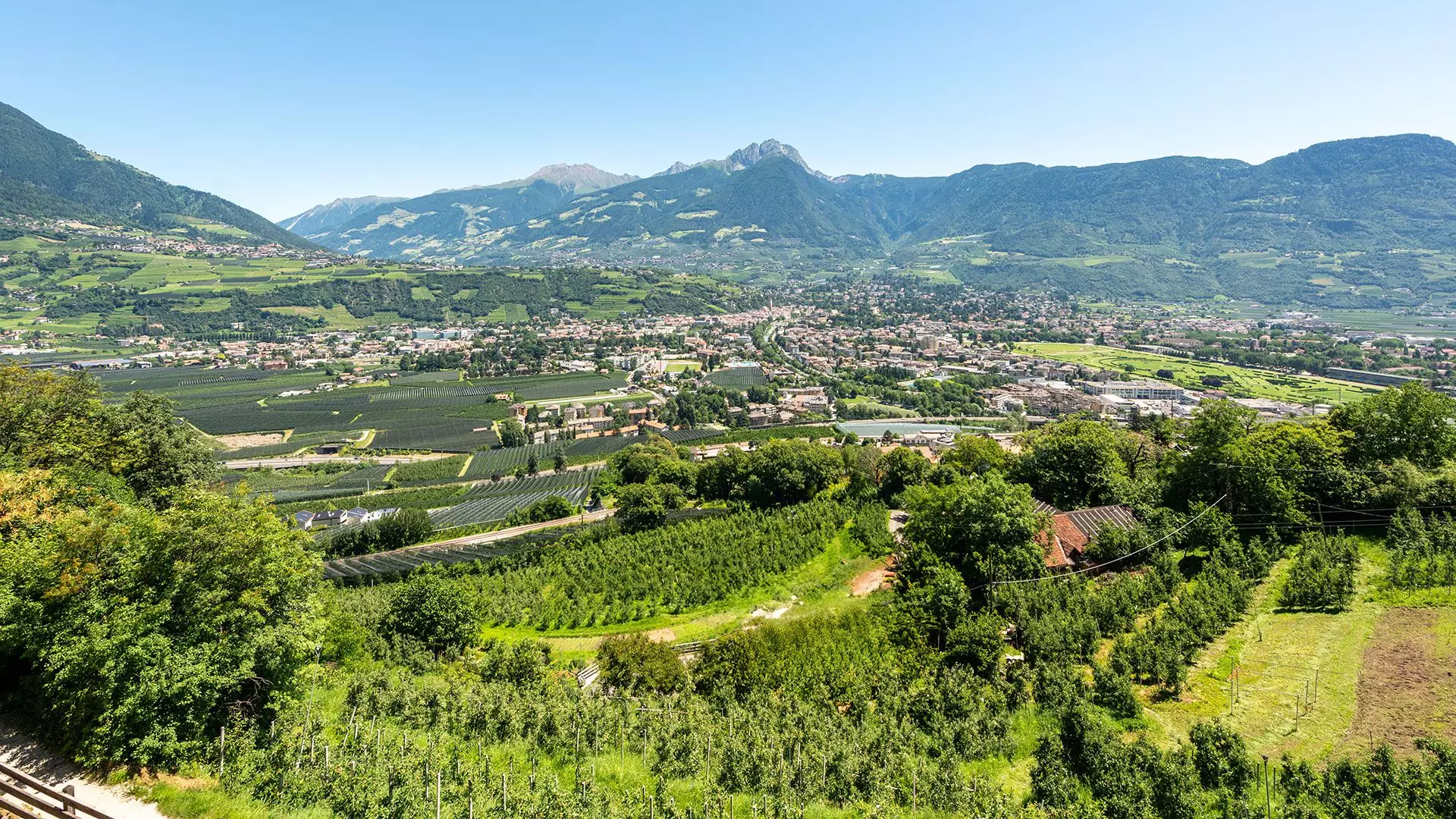
Merano e dintorni
Palme, terme e passeggiate tra ville liberty e vigneti.
I migliori hotel in Alto Adige
Hotel accoglienti, immersi nella natura e selezionati con cura: scopri dove dormire bene in Alto Adige, tra paesi caratteristici e panorami indimenticabili.
Scegli la tua prossima vacanza
Qual è il tuo modo di vivere l’Alto Adige?
Tipo di alloggio
Scegli l’alloggio che fa per te: hotel di charme, agriturismi, SPA con vista o rifugi romantici. Da soluzioni pet-friendly a offerte last minute, il tuo angolo di benessere ti aspetta.
Le valli da non perdere
Immagina. Camminare sulla neve e sprofondare un po’ ad ogni passo, sentire solo il crepitio della neve sotto gli scarponi e nient’altro. La natura di questi posti offre inoltre tracciati per sci alpinismo, emozionanti ciaspolate e arrampicate su ghiaccio.
Dal nostro blog
Storie vere, consigli di viaggio, eventi, itinerari e curiosità per vivere l’Alto Adige tutto l’anno.
Eventi in Alto Adige
Tradizioni alpine, musica tra le vette, mercatini, sapori locali: gli eventi dell’Alto Adige raccontano il territorio attraverso ogni stagione e ogni valle.
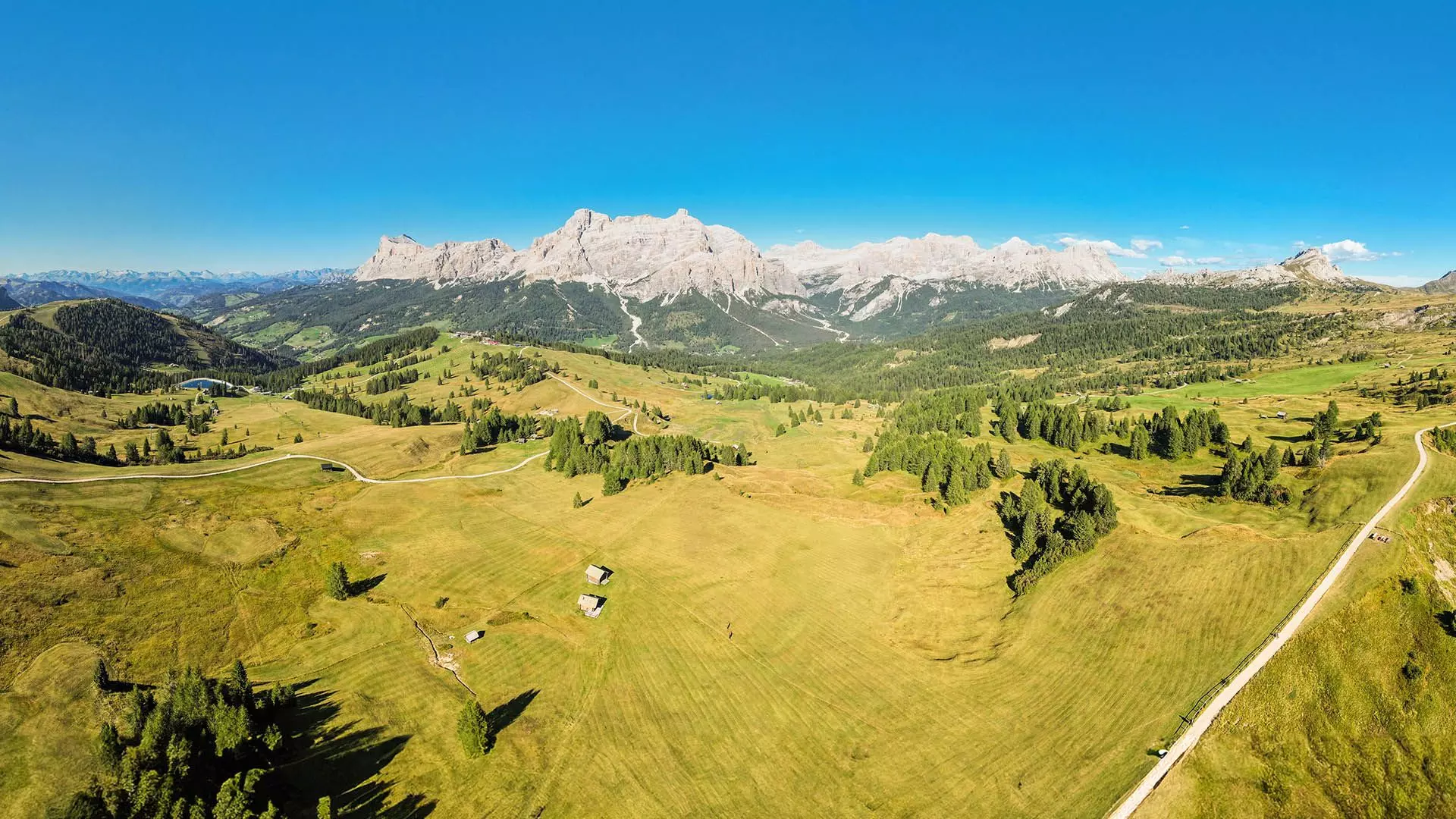
-cropped.jpg)














